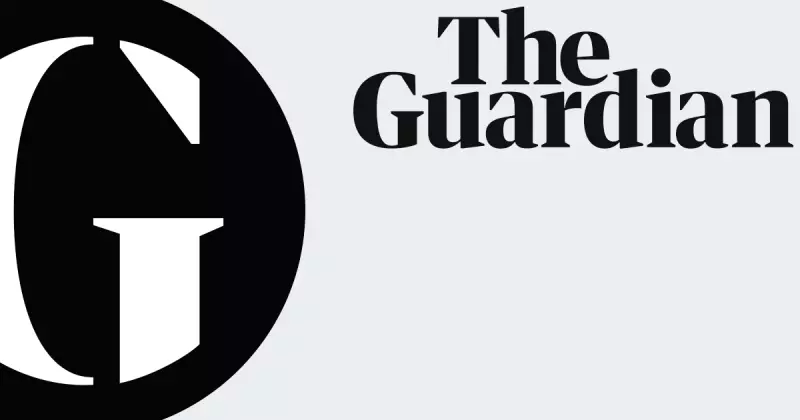
Australia is grappling with what experts are calling one of the most severe teacher shortages in the developed world, leaving classrooms without qualified educators and threatening the quality of education for an entire generation.
The Scale of the Crisis
Recent analysis paints a disturbing picture of Australia's education system, where vacant teaching positions remain unfilled for months, and some schools are forced to combine classes or rely on unqualified staff. The shortage has reached critical levels across multiple states, with rural and remote areas being hit particularly hard.
Why Teachers Are Leaving
The exodus from the profession stems from multiple factors that have created a perfect storm:
- Unsustainable workloads with excessive administrative demands
- Stagnant wages failing to keep pace with other graduate professions
- Growing behavioural challenges in classrooms without adequate support
- Burnout and stress from pandemic-related disruptions
The Impact on Students
Empty classrooms and rotating substitute teachers are becoming the new normal in many Australian schools. Education experts warn that the consistency and quality of instruction are suffering, potentially creating long-term consequences for student achievement and future workforce readiness.
A National Emergency
What makes Australia's situation particularly alarming is how it compares internationally. While many countries face teacher shortages, the depth and breadth of Australia's crisis place it among the world's most affected nations. The problem isn't just about recruiting new teachers—it's about retaining experienced educators who are leaving the profession in droves.
Without significant intervention, including better working conditions, competitive salaries, and reduced administrative burdens, Australia's education system faces continued deterioration, putting the nation's future prosperity at risk.





